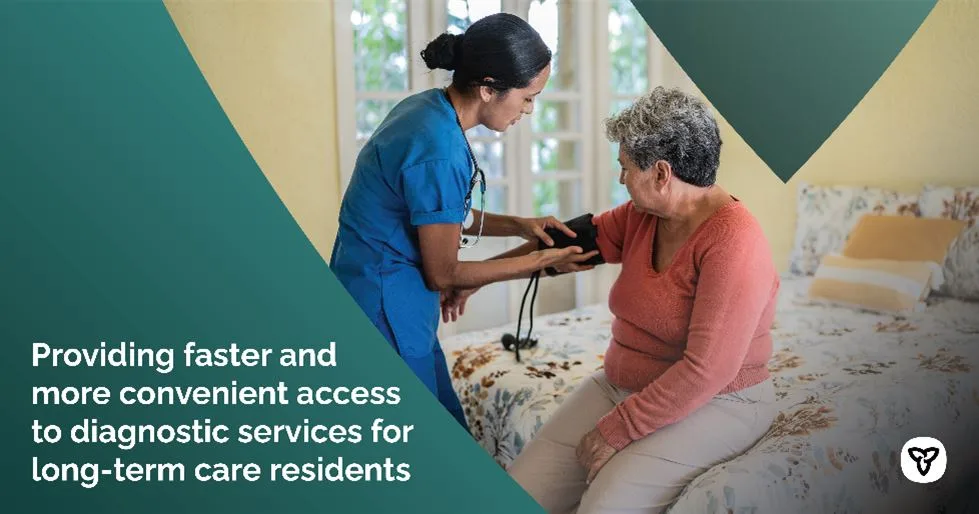BELLEVILLE — The Ontario government is expanding access to diagnostic services in long-term care homes in Hastings County and Quinte West to help improve residents’ quality of life and reduce avoidable emergency department visits and hospital stays.
The new Community Paramedicine for Long-Term Care Plus (CPLTC+) program will allow paramedics to begin delivering diagnostic services like bloodwork and ultrasounds to residents. The government is also providing funding to allow more long-term care homes to receive the equipment and training they need to provide diagnostic services to residents in the comfort of their home.
“We are fixing long-term care, so residents get the right care in the right place,” said Natalia Kusendova-Bashta, Minister of Long-Term Care. “Providing more diagnostic services to long-term care residents in their own homes will help reduce avoidable hospital visits and 911 calls.”
CPLTC+ builds off the existing Community Paramedicine for Long-Term Care program and will be rolled out across six paramedic services, including Hastings-Quinte Paramedic Services.
The government is also investing an additional $6 million provincewide to continue the Equipment and Training Fund in 2024-25. Launched last October as part of the Your Health Plan, the fund helps homes buy diagnostic equipment and train staff so they can better manage and treat residents’ conditions that most often lead to preventable hospital visits, such as urinary tract infections, falls, pneumonia and congestive heart failure.
The fund has supported more than 700 projects at close to 220 homes across Ontario. In Hastings County and Quinte West, over $98,000 investments include:
- Stirling Manor purchased an ophthalmoscope/otoscope kit, a vitals monitor and a bladder scanner.
- Westgate Lodge purchased an oximeter, an ophthalmoscope/otoscope kit, a doppler device, a vital signs machine and a bladder scanner.
- Trent Valley Lodge Nursing Home purchased an electrocardiogram machine and a point of care hemoglobin analyzer.
The government is fixing long-term care to ensure Ontario’s seniors get the quality of care and quality of life they need and deserve. The plan is built on four pillars: staffing and care; quality and enforcement; building modern, safe and comfortable homes; and connecting seniors with faster, more convenient access to the services they need.








